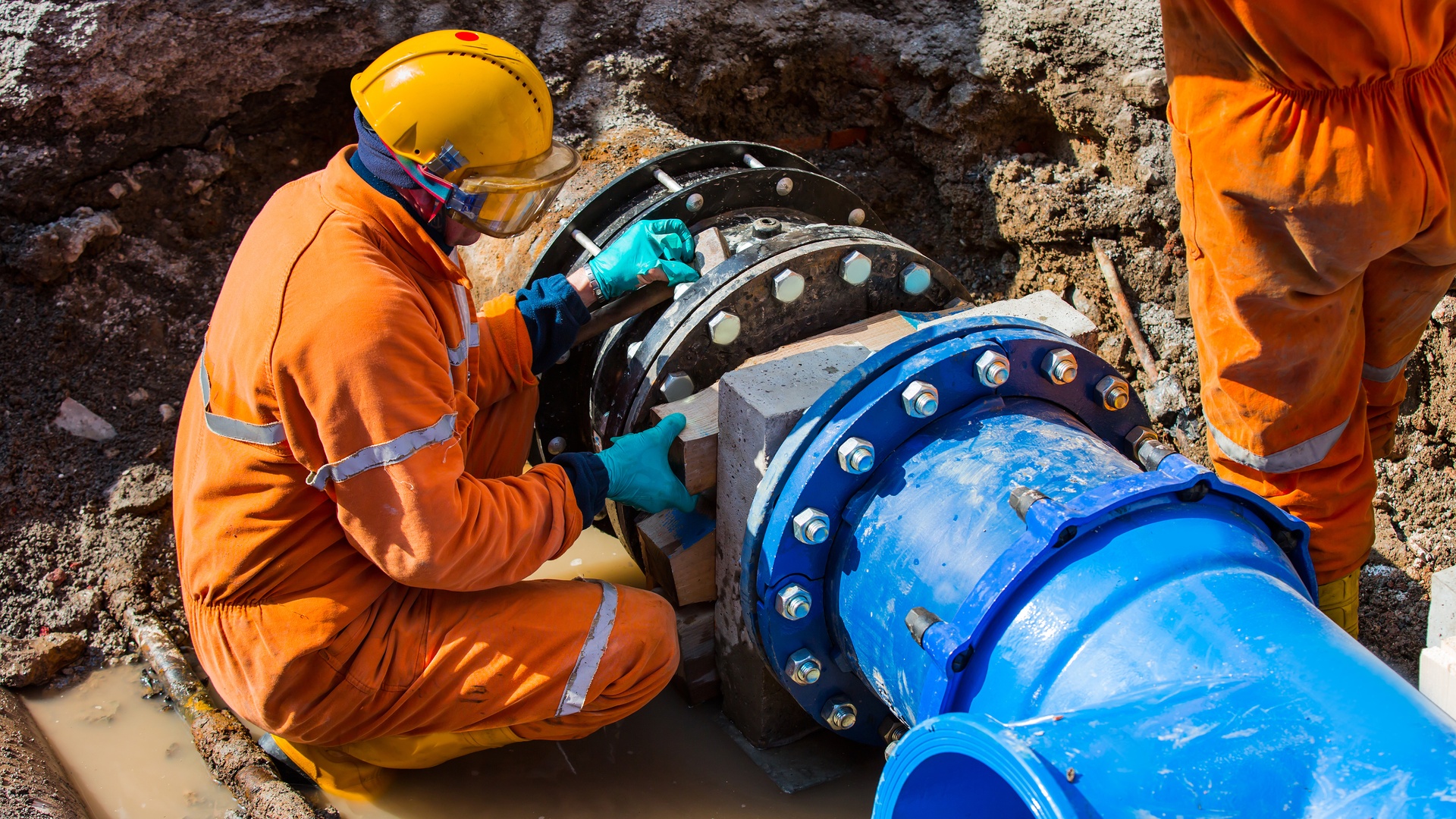Line Stopping vs. Hot Tapping: What’s the Difference?

Line stopping and hot tapping are two important techniques in the pipeline industry. But many people confuse the two methods. That’s why we’re here to explore the difference between line stopping and hot tapping and why these techniques matter.
What Is Hot Tapping?
Hot tapping is a way to create a new pipeline connection without disrupting the host pipe’s functionality. The process involves drilling into a pressurized pipe or vessel to create a new connection point—all while the system stays online and operational.
Technicians start by attaching a special fitting to the pipeline. Then, they use a hot tapping machine to cut through the pipe wall and secure the new pipe to the fitting. This method can expand a pipeline system without product spills, downtime, and angry customers wondering why their gas or water got shut off.
What Is Line Stopping?
Line stopping is similar, but it has a different mission. Instead of creating new connections, line stopping temporarily blocks flow in an isolated portion of a pipeline so you can perform maintenance or repairs.
The process uses a special plugging head that gets inserted through a hot tap fitting. Once inside the pipe, the plug inflates or expands to create a tight seal and stop the pipe’s flow. Think of it as putting a cork in a wine bottle—except the bottle is under pressure and full of potentially dangerous substances. Fortunately, recent innovations in line stopping technology have made the procedure much safer and more reliable.
Line stopping comes in handy for emergency repairs on active pipelines, replacing valves or fittings, performing maintenance without system shutdown, and isolating sections for inspection.
Key Differences Between the Two
The main difference between hot tapping and line stopping boils down to purpose. Hot tapping creates access, while line stopping creates isolation.
Another key difference is timing. Hot tapping is often a permanent modification. Line stopping is typically temporary—once the work is done, the plug gets removed and normal flow resumes.
Both techniques have revolutionized pipeline maintenance. Before these methods existed, shutting down entire systems was the only option for repairs or modifications. That meant lost revenue, unhappy customers, and massive logistical headaches. The next time you turn on your tap or fire up your stove, remember the clever engineering that makes it all possible.








